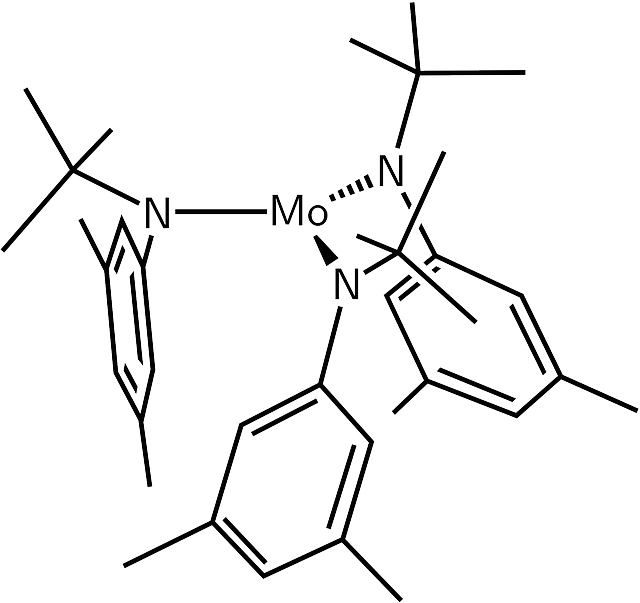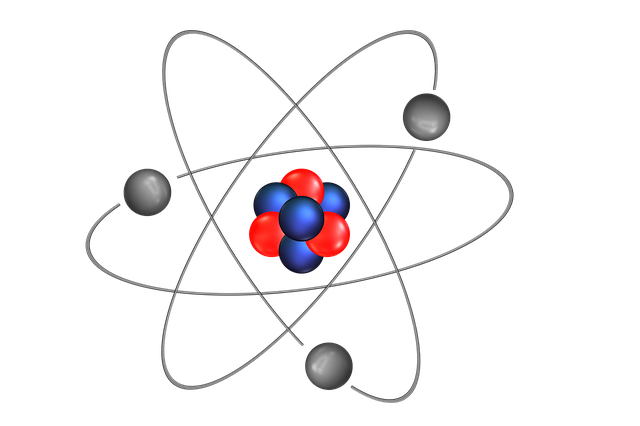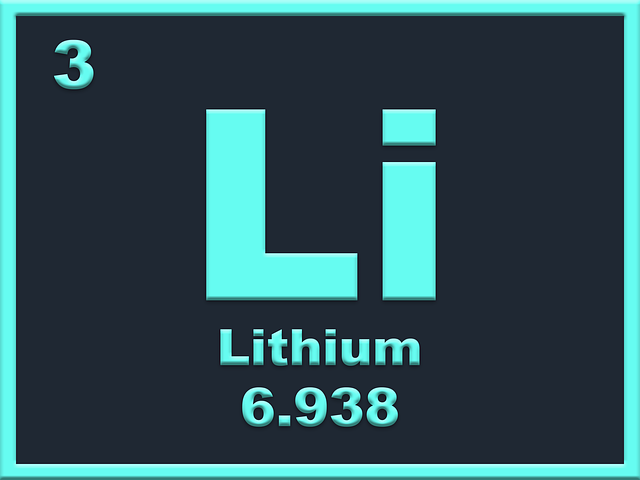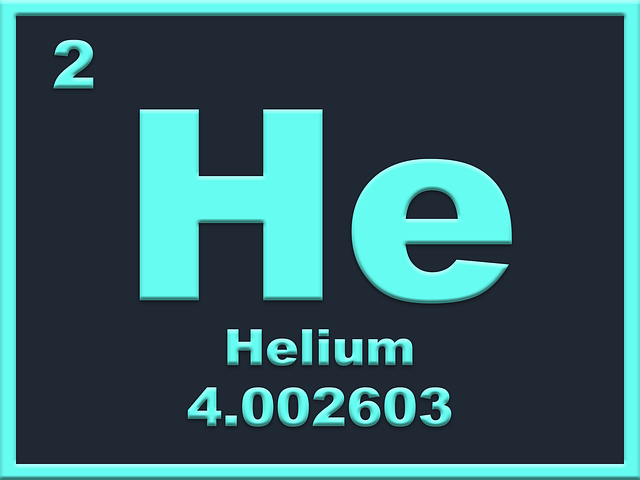Molybdenum is a chemical element that has an atomic number (Z) 42. Molybdenum has a standard atomic weight of 95.95 and it is represented by the symbol Mo. In the periodic table, it is in group 6 and period 5. And it is a d-block transition metal. It has a grey metallic appearance its ores was confused with lead ores for a long time. The electron configuration of Molybdenum is 1s2, 2s2, 2p6, 3s2, 3p6, 4s2, 3d10, 4p6, 4d5, 5s1.There are 42 electrons, 42 protons and 54 neutrons in an electrically neutral molybdenum atom.
At standard temperature and pressure, it is solid and has a density of 10.28 g/cm3. Its melting point is 2896 K ?(2623 °C, ?4753 °F) and its boiling point is 4912 K ?(4639 °C, ?8382 °F). Molybdenum electronegativity is 2.16 (Pauling scale) and its oxidation state can be −4, −2, −1, 0, +1, +2, +3, +4, +5, +6. The first ionization energy required is 684.3 kJ/mol.
There are 35 isotopes of Molybdenum in which seven are naturally occurring. Molybdenum-98 is the most abundant of them. It has an abundance of 24.29%. Molybdenum was discovered by Carl Wilhelm Scheele in 1778 and it was first isolated by Peter Jacob Hjelm in 1781.
Molybdenum is considered to be the 54th most abundant element. It has an average of 1.5 ppm abundance in Earth's crust. In oceans, it has an abundance of 10 ppb. Molybdenum is found in minerals like powellite, wulfenite and Molybdenite. It is also recovered as by-products of tungsten and copper mining. The largest producers of Molybdenum are China, the United States, Chile, Peru and Mexico. A small amount is produced by Russia, Iran, Armenia and Mongolia.
Molybdenum has a wide range of uses some of the following are.
It is used in different alloys like molybdenum copper alloy and molybdenum-tungsten alloys. 86% of Molybdenum production is used in metallurgy. It is also used in stainless steels and superalloys. It is used in different alloys to enhance corrosive resistance.
Molybdenum has a capacity for high heat and can withstand extreme temperatures without expanding makes it useful in the use of military armour, aircraft parts and filaments in light bulbs.
Molybdenum disulfide is a solid lubricant that is used as an anti-wear agent in high-pressure high-temperature.
In certain low voltage X-ray sources devices such as mammography, Molybdenum anodes are uses.
Some oxides of Molybdenum are used as a catalyst in the oxidation of propylene to acrolein and acrylic acid.
Molybdenum trioxide is used as an adhesive.
Ammonium heptamolybdate is used in staining for biological electron microscopy.
Molybdenum is an essential element for bacteria. It has been identified in 50 different enzymes.
It is an essential dietary element for human. It is a cofactor in some enzymes like xanthine oxidoreductase and aldehyde oxidase etc.
What is molybdenum used for?
Some of the following are the applications of Molybdenum and its related compounds.
Molybdenum is used in metallurgy in alloys, stainless steels and super alloys.
It has a high corrosive resistance and used in steel.
Phosphomolybdic acid is used in thin-layer chromatography as a stain.
Ammonium heptamolybdate is used as a biological stain in microscopy.
Some of the Molybdenum oxides are used as catalysts such as in the oxidation of propylene to acrolein and acrylic acid.
Between metals and enamels, Molybdenum trioxide is used as an adhesive.
Molybdenum disulfide is used as an anti-wear agent and solid lubricant.
Who discovered molybdenum?
Molybdenum was discovered by Swedish chemist Carl Wilhelm Scheele in 1778. And it was first isolated by Peter Jacob Hjelm in 1781.





